Twisted pair transmitter classification characteristics and comparative advantages
Zinc wire is a good anti-corrosion material,widely used in steel structure anti-corrosion,wind power tower,bridge,sluice gate,oil pipe on sea,Ductile iron pipe,extrusion division tube.
Zinc Wire,High Pure Zinc Wire,Zinc Wire Mesh,Corrosion Protection Zinc Wire Shaoxing Tianlong Tin Materials Co.,Ltd. , https://www.tianlongspray.com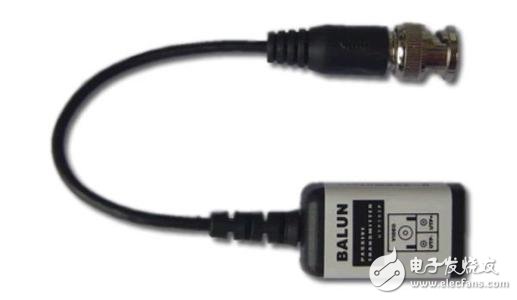 - Excellent transmission performance: delivers real-time AV signals with high-definition video quality.
- Long transmission distance: up to 300 meters without power support.
- High safety: features three levels of lightning protection, fire resistance, heat resistance, anti-static, low EMI, and transient voltage protection.
- Scientific design: compact structure with a plug-in head for easy installation on DVRs.
- Simple setup: no tools required, user-friendly installation.
2. **Active Twisted Pair Transmitter**
- Excellent transmission performance: delivers real-time AV signals with high-definition video quality.
- Long transmission distance: up to 300 meters without power support.
- High safety: features three levels of lightning protection, fire resistance, heat resistance, anti-static, low EMI, and transient voltage protection.
- Scientific design: compact structure with a plug-in head for easy installation on DVRs.
- Simple setup: no tools required, user-friendly installation.
2. **Active Twisted Pair Transmitter**
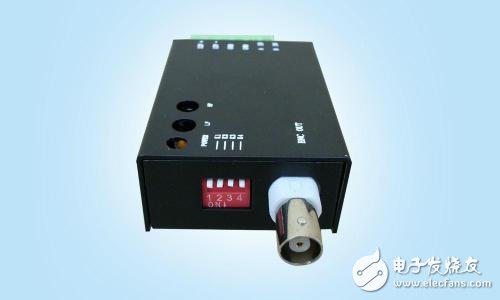 - Real-time transmission with clear AV signals and high-quality video.
- Transmission range: 0–1200 meters, adjustable as needed.
- Strong interference suppression.
- Five-level lightning protection.
- Video and power indicators for monitoring.
- High noise immunity.
- SMT surface mount technology for durability.
- Wide DC input voltage range.
- Compact size for flexible deployment.
3. **Multi-channel Twisted Pair Transmitter**
- Real-time transmission with clear AV signals and high-quality video.
- Transmission range: 0–1200 meters, adjustable as needed.
- Strong interference suppression.
- Five-level lightning protection.
- Video and power indicators for monitoring.
- High noise immunity.
- SMT surface mount technology for durability.
- Wide DC input voltage range.
- Compact size for flexible deployment.
3. **Multi-channel Twisted Pair Transmitter**
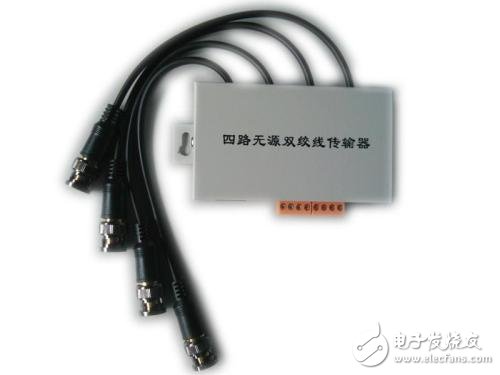
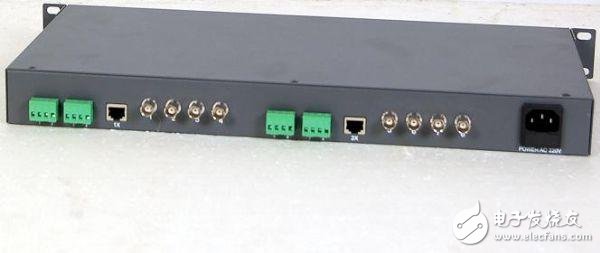
- Supports 8-way reception and distribution.
- 19†1U rack design for professional setups.
- Compatible with RJ45 and UTP+/- terminals for versatile wiring.
- Real-time, delay-free AV transmission.
- Adjustable brightness and contrast for enhanced realism.
- Effective transmission distance: 0–1500 meters with clear color images.
- Strong interference suppression for stable performance in complex environments.
- Advanced lightning protection.
- Video and power indicators for system monitoring.
- High power immunity and front-panel power switch for maintenance.
- All-metal casing for durability and resistance to pressure, shocks, and interference.
- All-copper BNC connectors for reliable signal transfer.
**Advantages of Twisted Pair Transmitters**
In today’s competitive market, coaxial cables have long dominated the security industry, while fiber optic cables are gradually gaining ground as a new transmission medium. However, both have their limitations:
- Coaxial cables only transmit one video signal at a time.
- They are bulky and take up significant space in electrical conduits.
- They are not resistant to bending, twisting, or pressure, which can damage the internal structure and disrupt signal transmission.
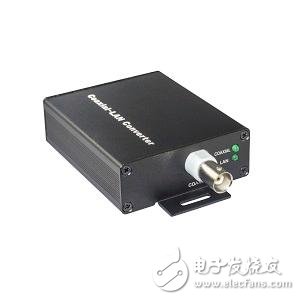
Coaxial Transmitter
Fiber optic cables, made of glass or plastic fibers, offer superior security, reliability, and performance. They can transmit signals over distances exceeding 100 kilometers, making them ideal for large-scale networks. However, they are expensive, require specialized installation, and are difficult to maintain.
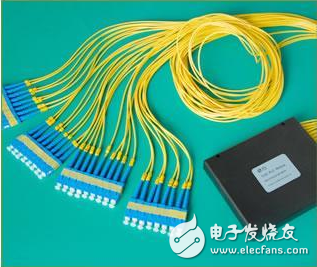
Fiber Optic Transmission
When compared to coaxial cables and fiber optics, twisted pair transmitters offer several unique advantages:
1. Long transmission distance with excellent signal quality.
2. Capable of transmitting multiple video signals simultaneously (unlike coaxial).
3. Strong anti-interference performance and high reliability.
4. No shielding jacket, smaller diameter, and easier to install.
5. Lightweight, flexible, and less likely to catch fire.
6. Easy to wire and maximize cable utilization.
7. Offers independent and flexible configuration options.
8. Cost-effective and widely available materials.
Overall, twisted pair transmitters provide an efficient, reliable, and economical solution for modern video transmission needs.